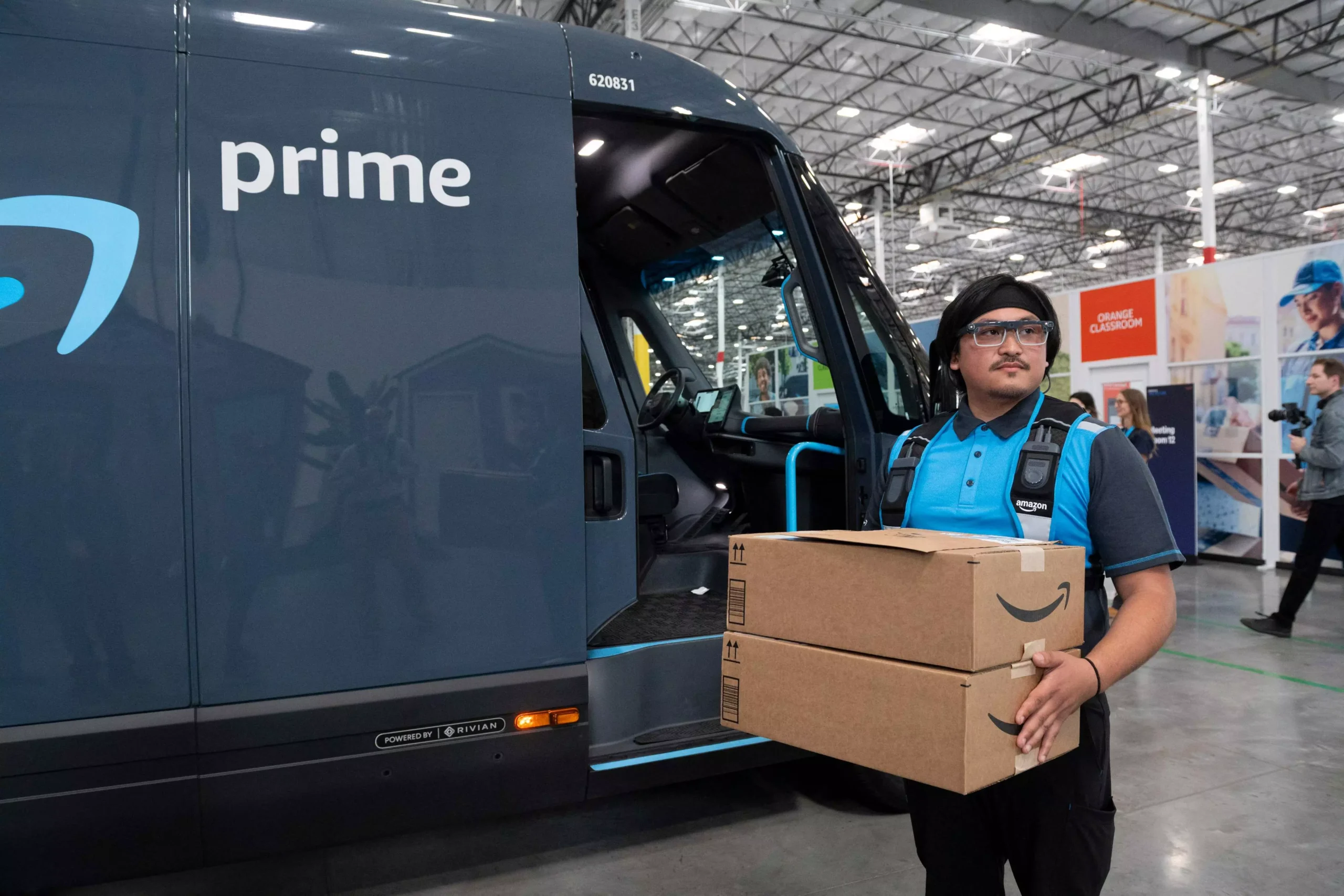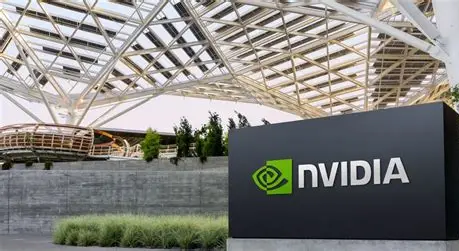Amazon has announced a significant leap in warehouse automation, unveiling its latest advancements in artificial intelligence (AI) and robotics aimed at improving operational efficiency and delivery speed. The announcement was made during the company’s “Delivering the Future” event held at a distribution center in Silicon Valley.
At the center of this innovation is “Blue Jay,” a new robotic arm system designed to pick, sort, and consolidate packages at a single workstation. Blue Jay is currently undergoing testing in South Carolina and is expected to streamline order fulfillment by handling thousands of packages with precision and speed. This follows the earlier introduction of “Vulcan,” another AI-powered robot equipped with a sense of touch to assist in handling customer orders more delicately.
Tye Brady, Chief Technologist at Amazon Robotics, emphasized that AI is not only driving innovation but also accelerating the pace at which these technologies are developed and deployed. The company’s broader automation strategy includes “Project Eluna,” an agentic AI model that supports warehouse operators in making real-time decisions, and “DeepFleet,” which enhances the coordination of robotic systems across facilities.
However, the rapid automation push has raised concerns about job displacement. Reports suggest that Amazon plans to automate up to 75% of its warehouse operations by 2033, potentially replacing over 500,000 jobs. Internal projections indicate that the company may avoid hiring approximately 160,000 new employees in the U.S. by 2027 due to increased reliance on robotics.
Despite these concerns, Amazon maintains that its AI and robotics initiatives are designed to complement human workers by reducing repetitive tasks, improving workplace safety, and enhancing productivity. The company continues to hire for seasonal demand while preparing strategies to manage public and employee concerns regarding automation.
As Amazon advances its technological capabilities, the balance between innovation and workforce impact remains a critical issue for the company and the broader logistics industry.



